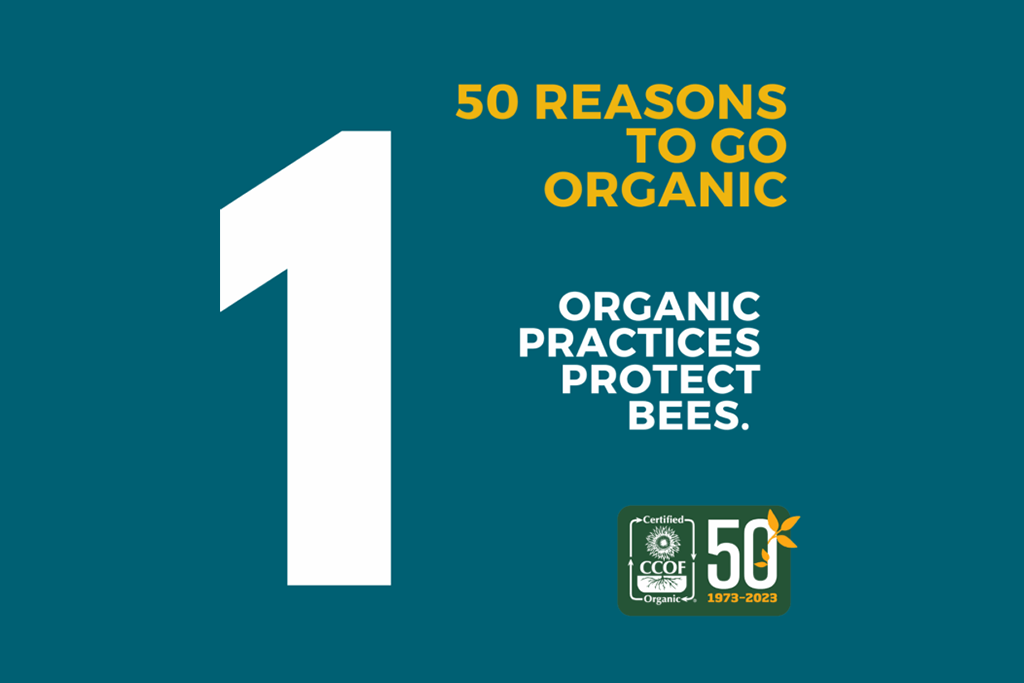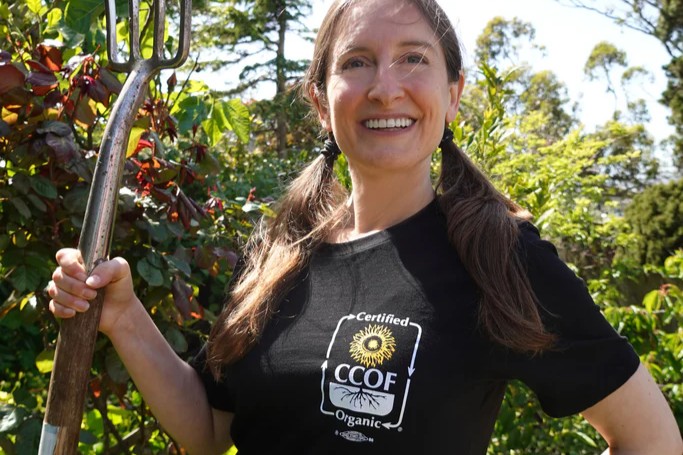Producer Participation Matters
USDA’s National Agricultural Statistics Service (NASS) has launched the 2025 Organic Survey, which collects essential data on organic acreage, production, sales, income, expenses, and marketing practices nationwide. The survey is being mailed to all known organic farms and ranches, including those transitioning to organic.
Why this matters:
The data collected directly informs:
- Federal organic policy and program design
- Research, investment, and market development priorities
- How the size, value, and impact of organic agriculture are measured and represented
What to do:
If you receive the survey, please take a moment to complete it online here or return it by mail.
Deadline to respond: February 5, 2026 – USDA NASS
Call to action for organic businesses:
Organic aggregators, processors, brands, and manufacturers are encouraged to help spread the word and remind producer and supplier networks about the importance of completing the survey. Strong participation ensures organic production is accurately counted—benefiting the entire supply chain.
Accurate data starts with producer participation. Thank you for helping ensure organic agriculture is fully represented.



